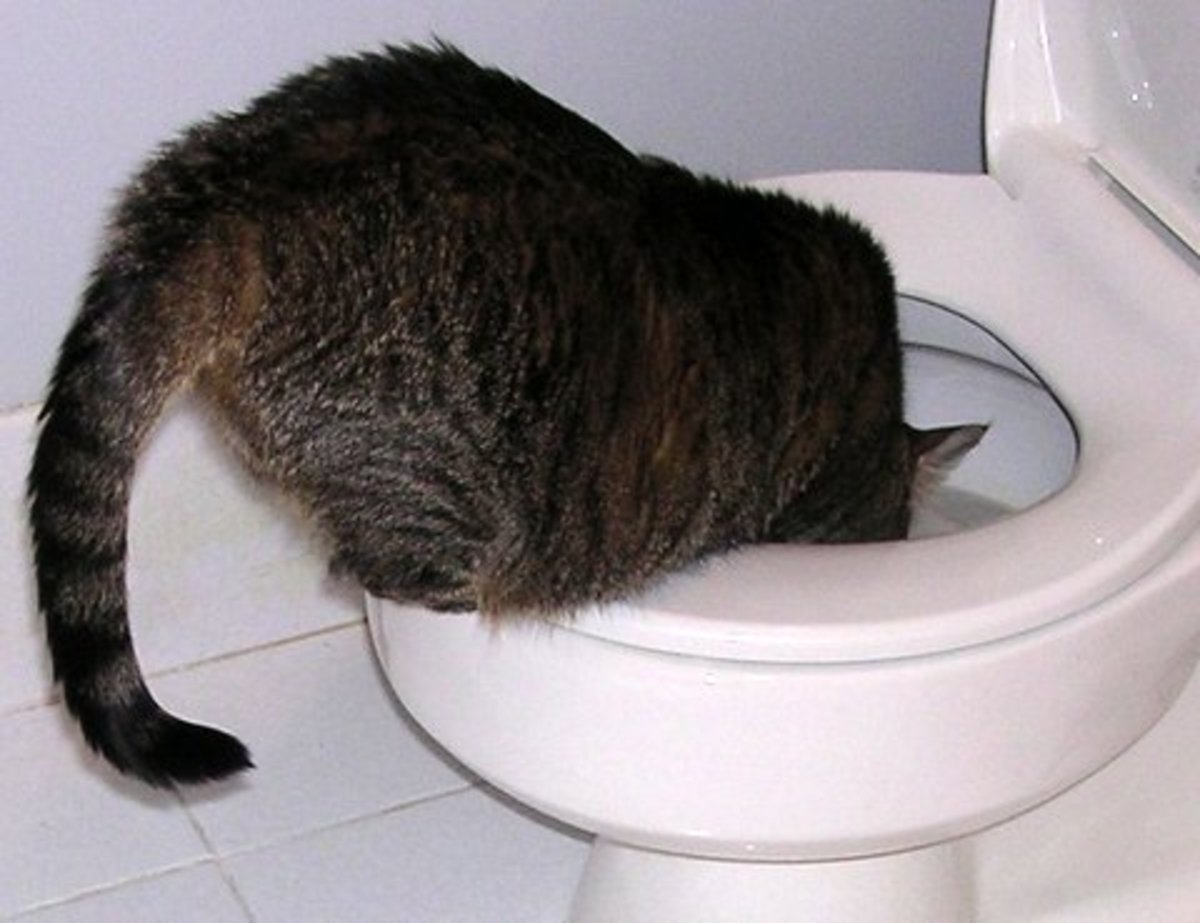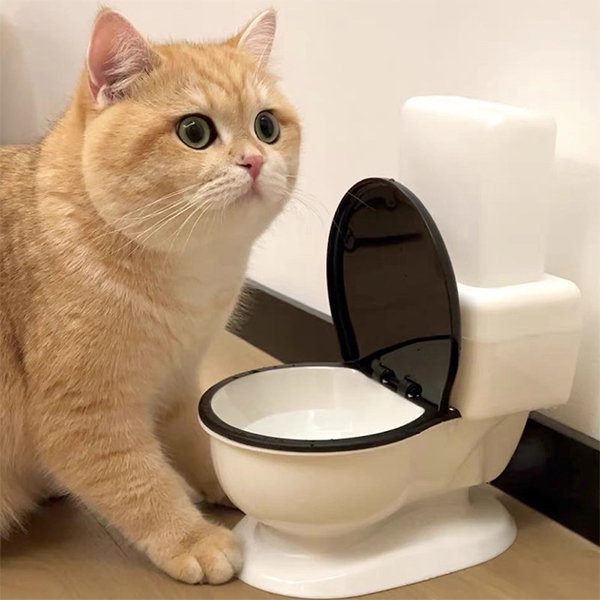Were you interested in advise about Why you should never flush dog poop down the toilet?

When it concerns getting rid of waste, especially animal waste, lots of people usually turn to the hassle-free option of flushing it down the bathroom. Nevertheless, this apparently very easy remedy can have significant repercussions for the environment and public health. In this article, we'll discover why flushing animal waste down the bathroom is a bad concept and provide different methods for proper disposal.
Introduction
Proper garbage disposal is important for preserving environmental sustainability and public health. While it might seem harmless to flush animal waste down the toilet, it can lead to various issues, both for the atmosphere and human health.
Risks of flushing pet waste
Environmental effect
Flushing pet waste presents hazardous bacteria and pathogens into rivers, which can negatively affect marine ecosystems. These virus can infect water resources and harm aquatic life, disrupting delicate ecosystems.
Public health concerns
Pet waste includes hazardous germs such as E. coli and Salmonella, which can posture major health and wellness threats to human beings. Purging pet waste down the bathroom can pollute water supplies, causing the spread of diseases and infections.
Alternatives to flushing
Rather than purging animal waste down the commode, there are numerous alternative disposal approaches that are a lot more environmentally friendly and hygienic.
Composting
Composting animal waste is an environmentally friendly way to throw away it. By composting, organic matter is broken down right into nutrient-rich soil, which can be made use of to fertilize gardens and plants.
Land fill disposal
Getting rid of pet waste in a garbage dump is an additional option. While not as environmentally friendly as composting, it is a much safer alternative to flushing, as it avoids the contamination of water resources.
Animal garbage disposal systems
There are specialized family pet waste disposal systems readily available that securely and hygienically dispose of pet waste. These systems frequently make use of enzymes to break down waste and eliminate odors.
Actions to proper pet garbage disposal
To make certain appropriate disposal of animal waste, adhere to these steps:
Scooping and bagging waste
Routinely scoop and bag animal waste utilizing biodegradable bags. This protects against waste from infecting the setting.
Using designated waste bins
Dispose of bagged pet waste in assigned waste containers, such as garden compost containers or garbage dump containers. Avoid flushing it down the bathroom whatsoever costs.
Cleaning litter boxes and family pet locations consistently
Routinely tidy can and pet areas to stop the build-up of waste and microorganisms. Usage pet-safe cleaning products to keep health.
Advantages of appropriate disposal techniques
Embracing correct disposal approaches for pet waste supplies a number of advantages:
Decreased environmental pollution
Correct disposal approaches minimize the danger of environmental pollution, safeguarding rivers and ecological communities from contamination
Lessened danger of water contamination.
By avoiding flushing pet waste down the toilet, the risk of water contamination is considerably reduced, safeguarding public health.
Improved sanitation and hygiene
Appropriate disposal techniques advertise better cleanliness and health, creating a safer atmosphere for both human beings and animals.
Verdict
Finally, purging animal waste down the commode is hazardous to the environment and public health. By embracing alternate disposal methods and following appropriate waste monitoring practices, we can minimize the negative influence of pet waste and add to a cleaner, much healthier world.
What To Do With Dog Poo – The Do's And Don'ts Of Disposing Of Faeces
Dog poo bins
Some councils provide dedicated dog waste bins in popular dog-walking areas that can take dog poo that has been bagged but you can legally dispose of dog waste in any public litter bin, as long as it is securely bagged. This also applies to your wheelie bin at home.
Do not flush
Water companies do not recommend flushing dog faeces down the toilet because certain parasites can survive the water processing treatment and are potentially harmful to humans. You should also never consider flushing dog poo that has been bagged down the toilet as the bags will not break down and instead create severe blockages in the sewage system.
In the woods
The Forestry Commission promotes a ‘stick and flick’ method for dealing with waste in the woods. This means finding a stick and using it to flick any poo from off the path so that it is out of the way of other walkers. You could also bury it as long as it is not in an area where there might be livestock.
Livestock
Parasites found in dog poo can be transmitted to livestock if they inadvertently eat infected faeces that has been left on grazing land. This could result in the death of sheep or abortion in cattle so you should always make sure you pick up your dog’s waste in fields where livestock could be present.

Routinely tidy can and pet areas to stop the build-up of waste and microorganisms. Usage pet-safe cleaning products to keep health.
Advantages of appropriate disposal techniques
Embracing correct disposal approaches for pet waste supplies a number of advantages:
Decreased environmental pollution
Correct disposal approaches minimize the danger of environmental pollution, safeguarding rivers and ecological communities from contamination
Lessened danger of water contamination.
By avoiding flushing pet waste down the toilet, the risk of water contamination is considerably reduced, safeguarding public health.
Improved sanitation and hygiene
Appropriate disposal techniques advertise better cleanliness and health, creating a safer atmosphere for both human beings and animals.
Verdict
Finally, purging animal waste down the commode is hazardous to the environment and public health. By embracing alternate disposal methods and following appropriate waste monitoring practices, we can minimize the negative influence of pet waste and add to a cleaner, much healthier world.
What To Do With Dog Poo – The Do's And Don'ts Of Disposing Of Faeces
Dog poo bins
Some councils provide dedicated dog waste bins in popular dog-walking areas that can take dog poo that has been bagged but you can legally dispose of dog waste in any public litter bin, as long as it is securely bagged. This also applies to your wheelie bin at home.
Do not flush
Water companies do not recommend flushing dog faeces down the toilet because certain parasites can survive the water processing treatment and are potentially harmful to humans. You should also never consider flushing dog poo that has been bagged down the toilet as the bags will not break down and instead create severe blockages in the sewage system.
In the woods
The Forestry Commission promotes a ‘stick and flick’ method for dealing with waste in the woods. This means finding a stick and using it to flick any poo from off the path so that it is out of the way of other walkers. You could also bury it as long as it is not in an area where there might be livestock.
Livestock
Parasites found in dog poo can be transmitted to livestock if they inadvertently eat infected faeces that has been left on grazing land. This could result in the death of sheep or abortion in cattle so you should always make sure you pick up your dog’s waste in fields where livestock could be present.

I was guided to that write-up about from an acquaintance on another website. Sharing is caring. You won't know, you will be helping someone out. Thanks for taking the time to read it.
Website